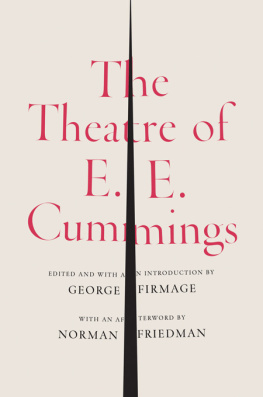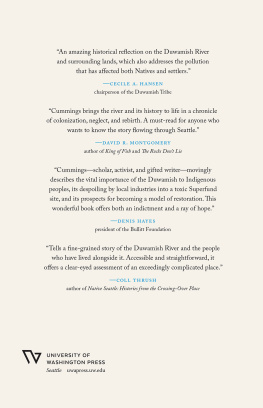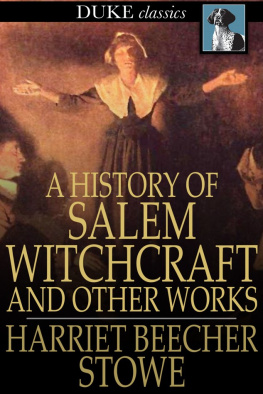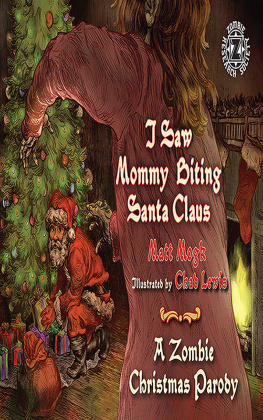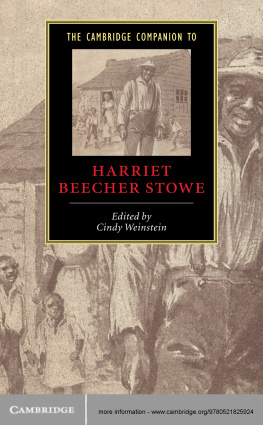
The Theatre
of
E. E. Cummings
Edited and with an introduction by
George Firmage
With an afterword by Norman Friedman

Contents
by George Firmage
by Norman Friedman
E dmund Wilson, in his review of the Provincetown Playhouse production of Him for the New Republic, called it the outpouring of an intelligence, a sensibility, and an imagination of the very first dimension. Cummings characters speak with the true lifelike relief of comic genius. When the published version of the play first appeared in November 1927, the literary critics were, almost to a man, in agreement with Mr. Wilsons sentiments. However, when the theatre in Greenwich Village opened its doors on the evening of April 18, 1928, for the first performance of Cummings work, the New York drama critics, with two notable exceptions (Mr. Wilson and John Anderson of the New York Journal ), panned the play unmercifully. Him might be considered one of the first successful attempts at what is now called the theatre of the absurd.
It might be helpful for the reader encountering Him for the very first time to have before him two items that appeared on the jacket of the first edition. The first, on the inside front flap of the jacket, was an Imaginary Dialogue Between the Author and a Public as Imagined by E. E. Cummings:
AUTHOR: Well?
PUBLIC: What is Him about?
AUTHOR: Why ask me? Did I or didnt I make the play?
PUBLIC: But you surely know what youre making
AUTHOR: Beg pardon, Mr. Public; I surely make what Im knowing.
PUBLIC: So far as Im concerned, my very dear sir, nonsense isnt everything in life.
AUTHOR: And so far as youre concerned life is a verb of two voices active, to do, and passive, to dream. Others believe doing to be only a kind of dreaming. Still others have discovered (in a mirror surrounded by mirrors), something harder than silence but softer than falling; the third voice of life, which believes itself and which cannot mean because it is.
PUBLIC: Bravo, but are such persons good for anything in particular?
AUTHOR: They are good for nothing except walking upright in the cordial revelation of the fatal reflexive.
PUBLIC: And your play is all about one of these persons, Mr. Author?
AUTHOR: Perhaps. But (let me tell you a secret) I rather hope my play is one of these persons.
The second item, a thumbnail-analysis that Cummings considered an A1 job, appeared on the inside back flap of the jacket. Written by Isidor Schneider, a poet in the advertising department of the books publisher, it offered A Statement to a Certain Public by a Certain Publisher:
There is good reason for Mr. Cummings crypticism in his description of Him . We do not remember any book that more baffles an attempt to describe it.
You may think you know what to expect in a play by Cummings and you will find out that you dont know the half of it. Such lucid madness, such adventurous gayety, such graceful irreverence, such abounding novelties squads of characters firing broadsides of wit interpolations of American folklore, extravagances that astound the imagination. It is a play that satisfies the five senses, and every corner of the intelligence a play full of revels for the grown-up mind.
Schneiders Statement might also serve to introduce the other works collected for the first time in this book. Anthropos: or the Future of Art first appeared in 1930 as a contribution to Whither, Whither, or After Sex What? A Symposium to End Symposiums, edited by Walter S. Hankel. In 1944 it was issued in a handsome limited edition of 222 copies by the Golden Eagle Press. To my knowledge it has never been performed on the professional stage.
Santa Claus, A Morality was first published in the Spring 1946 issue of The Harvard Wake, the Cummings Number of this short-lived periodical. In December 1946 the play appeared in a limited signed edition of 250 copies and an unlimited trade edition. It received its first professional reading on the stage of the Theatre de Lys, New York City, in the early 1960s.
Tom, the most wrongfully neglected work by E. E. Cummings, was published in October 1935 in a first and only edition of 1500 copies. George Freedley, Curator of the Theatre Collection, New York Public Library, wrote in Stage Magazine :
The knowledgeable quality of his directions for movement will give the proper rgisseur the keynote of the production. It presents the dancers and actors with a demand that they must strive to meet, for certainly Tom is meant to be staged. Marry the American ballet to the inspired group of negroes who made Four Saints in Three Acts a minor masterpiece. Then add a full symphony orchestra, a group of understanding actors, a designer as imaginative as Donald Oenslager or Stewart Chaney. To all these must be brought a director who acknowledges the varied and sunning arts of the modern theatre, and can master them. Then it would make a performance that would thrill not only a New York but an American audience from the first tiara to the last standee. Mr. Cummings has made a working script which challenges the theatre to produce its best.
The challenge, writes Cummings biographer Charles Norman, so far as Tom is concerned, has not been taken up; it will be recalled, however, that a ballet about Uncle Tom was one of the most enchanting episodes in the Broadway success, The King and I , some fifteen years later. A complete score for Tom exists, the work of the composer David Diamond.
It is to be hoped that The Theatre of E. E. Cummings will reach a wide audience of performers as well as readers. For while the perceptive reader can stage a play or a ballet in his minds eye, a performance will add that major dimension that is so much a part of all that E. E. Cummings created: LIFE!
George J. Firmage
London, April 1967
looking forward into the past or looking
backward into the future I
walk on the highest
hills and
I laugh
about
it
all
the way
ANNE BARTON
ACT ONE
Scene I
SCENE: A flat surface on which is painted a DOCTOR anaesthetizing a WOMAN . In this picture there are two holes corresponding to the heads of the physician and of the patient, and through these holes protrude the living heads of a man and of a woman.
Facing this picture, with their backs to the audience, three withered female FIGURES are rocking in rocking chairs and knitting .
FIRST OR MIDDLE FIGURE: We called our hippopotamus Its Toasted.
SECOND OR FIGURE TO THE AUDIENCES RIGHT: I wish my husband didnt object to them.
THIRD: Of course its a bother to clean the cage every day.
SECOND: O I wouldnt mind doing that.
FIRST: Be sure to get one that can sing.
THIRD: Dont they all sing?
FIRST: O dear no. Some of them just whistle.
SECOND: Ive heard theyre very affectionate.
FIRST: I find them so.
THIRD: Did it take long to tame yours?
FIRST: Only a few days. Now he sits on my hand and doesnt bite me.
SECOND: How charming.
THIRD: Is it true they imitate policemen?
FIRST: My dear they imitate everybody.
SECOND: Im afraid my husband wouldnt like that.
FIRST: What do you mean, my dear?
SECOND: If ours imitated a policeman.
THIRD: Really? Why should he object?
SECOND: It would make him nervous Im afraid the idea of the thing.
FIRST: Your husband is a vegetarian?
SECOND: On the contrary, my husband is a burglar.
FIRST: Oh, I see. (The WOMANS eyes close and her head remains in the picture; the DOCTORS head disappears from the picture leaving a hole. The three FIGURES continue to rock and knit. Presently the DOCTOR himself enters with HIM . )
Next page
